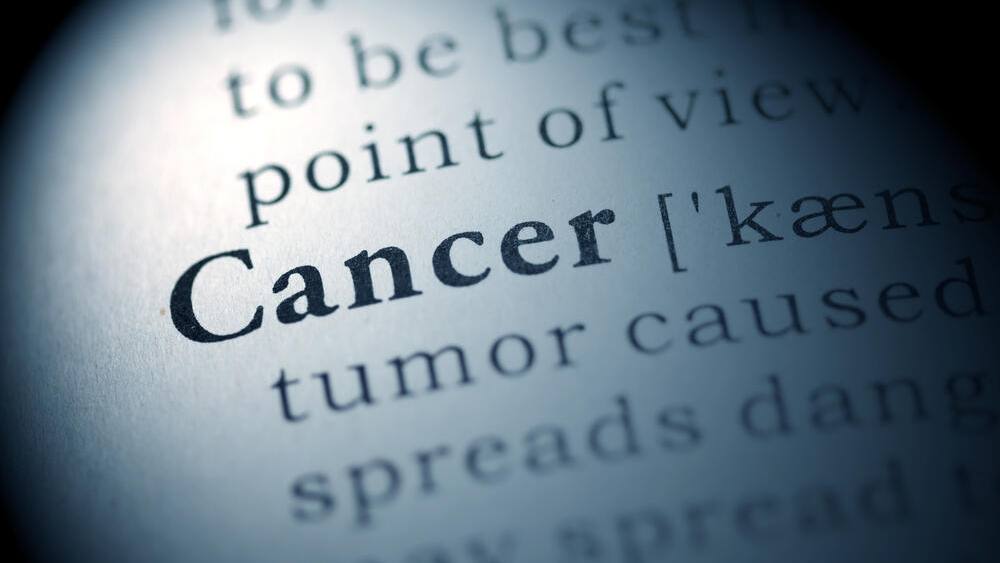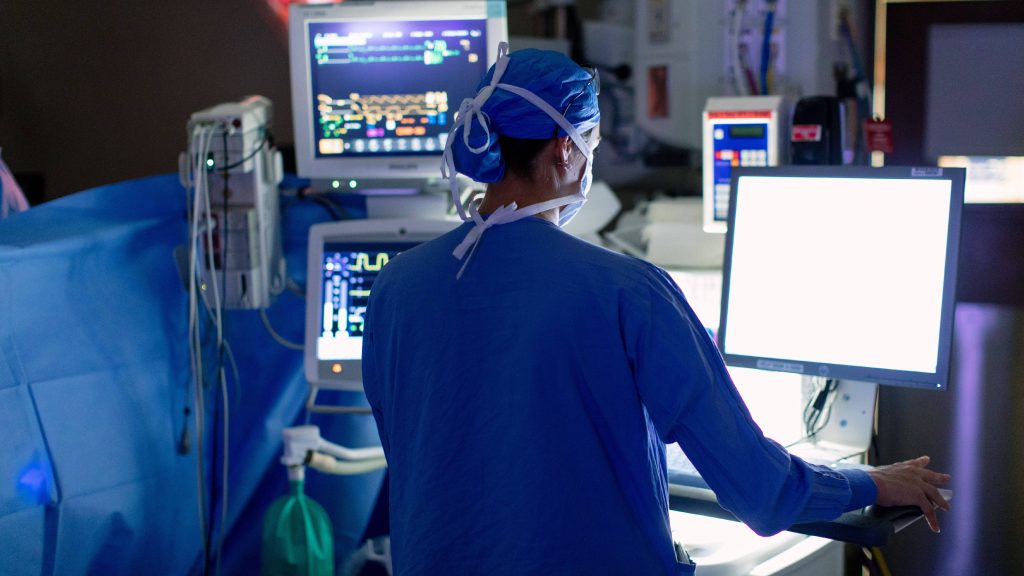Closing the gaps in cancer care
2024 could mark a grim milestone in the battle against cancer.
In January, the American Cancer Society announced that, for the first time, new cancer cases could exceed the 2 million mark.

Early detection and the right treatment are among the best weapons to fight cancer.
However, today many people don't have equitable access to cancer care because of systemic barriers and health disparities.
Mayo Clinic is working to change that with strategic initiatives aimed at health equity.
What are health disparities?
The U.S. Department of Health and Human Services defines health disparities as "a particular type of health difference that is closely linked with social, economic, and/or environmental disadvantage."
According to the agency, health disparities also "adversely affect groups of people who have systematically experienced greater obstacles to health based on their racial or ethnic group, religion, socioeconomic status, gender, age, mental health, cognitive, sensory or physical disability, sexual orientation or gender identity, geographic location, or other characteristics historically linked to discrimination or exclusion."
Moving Mayo's care beyond its four walls
Dr. Bold, who is also a surgical oncologist and a specialist in endocrine surgery, says many patients in need of cancer care find themselves geographically isolated.
"Even here in the United States, not everyone has a hospital or even a cancer center within 15 minutes or 30 minutes," says Dr. Bold.
"All of the Mayo hospitals see themselves serving the community around them and elevating access to care by developing partnerships and relationships that takes our outcomes and clinical expertise and pushes it out into the community. This moves our care beyond our four walls," adds Dr. Bold.
Increasing access to cancer screenings
According to the American Cancer Society January report, the risk of dying from cancer has steadily declined in the last 30 years.
However, the report also indicated there has been a rise in diagnoses of six of the 10 most common cancers, including breast, prostate, endometrial, pancreatic, kidney and melanoma.
Early detection is critical in the fight against cancer by significantly improving the chances of successful treatment and long-term survival. Dr. Bold says research is underway to develop cancer screening tools that are more convenient and less costly for patients.
"Cancer screening is probably one of the biggest things we have to reduce the burden of cancer in our communities, but not everyone has access to screening," explains Dr. Bold. "How can we make that better and easier for patients? This would really help us close the gap in our health disparities related to cancer detection in its earliest stage, which is where cures happen."
Personalized medicine
Doctors at Mayo Clinic are also working on closing gaps in cancer care with personalized or precision medicine.
Dr. Bold says this approach can help better identify the right treatment for the right patient.
"Let's take breast cancer, for example. Each woman is very different. Understanding why the cancer developed at an individualized level is something that will help us determine better outcomes," says Dr. Bold. "Maybe it's a woman's genes. Maybe it's where she lived. Maybe her environmental history or what she ate."
Innovation transforming cancer care
Dr. Bold says the intersection of innovative technology and health outcomes is helping eliminate barriers to cancer care.
"Radiation therapy, for example, can last for weeks, even months, which can pose a challenge for patients traveling from rural communities or far from home," says Dr. Bold.
At Mayo Clinic, patients can receive proton beam therapy, a highly advanced cancer treatment that targets cancer cells painlessly and with more precision.
Proton therapy can be a game-changer for many patients because of the benefits it offers over traditional radiation therapy.
"Not everybody has the ability to move or separate themselves from their local environment, family and friends, and leave their home to receive cancer treatment," explains Dr. Bold.
"By using proton beam therapy, we can shorten their treatment time so we are broadening access and making it more convenient for patients to get treatments that are just as good, if not better, but in a way that's minimally disruptive for their lives," he adds.
The future of cancer care
Eliminating disparities and barriers to cancer care is part of Mayo Clinic's overall commitment to improving health outcomes by advancing health equity, inclusion and diversity.
"Our goal and hope for the future is eliminating cancer, period, so that it's no longer a disease anybody has to think about. That is our long-term goal." says Dr. Bold.
"In the short term, we would like to achieve equitable cancer care that provides the best outcomes for every patient."
Originally published in Mayo Clinic News Network
Interested in more newsfeed posts like this? Go to the Community Outreach and Engagement Research blog.
 Connect
Connect
 Connect
Connect